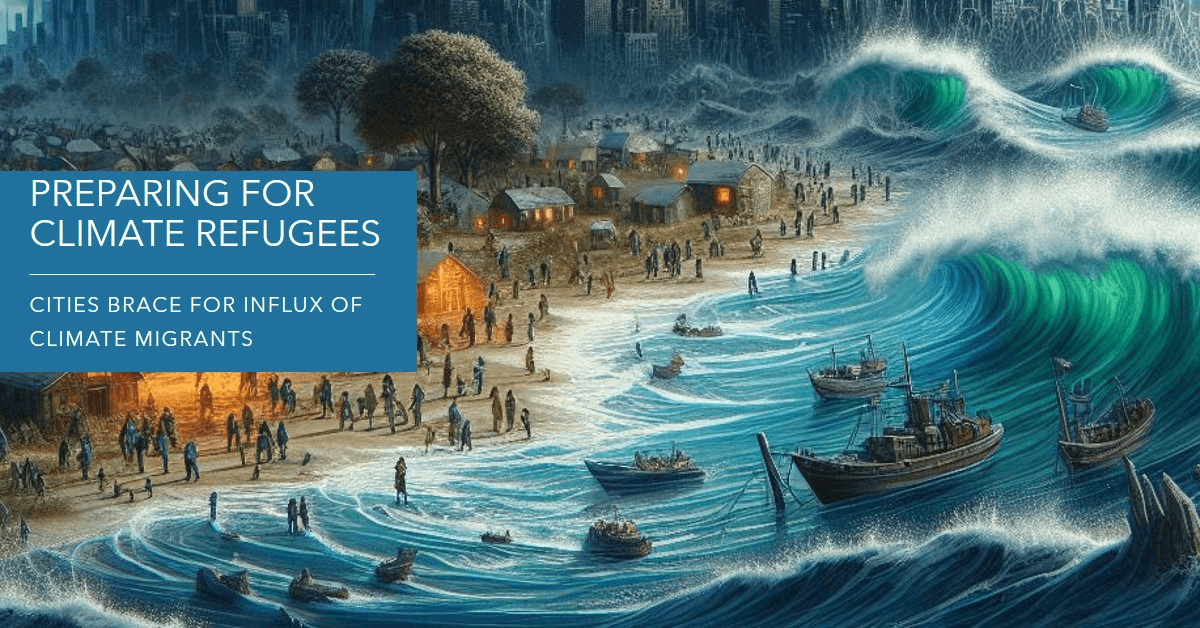As the effects of climate change become more pronounced, millions of people around the world are being forced to leave their homes in search of safer environments. These climate migrants, often referred to as climate refugees, are fleeing from areas increasingly vulnerable to extreme weather events, rising sea levels, and other environmental changes. The growing number of displaced people is creating new challenges for cities around the globe, as they must prepare to accommodate these climate refugees while managing the social, economic, and infrastructural impacts.
The Escalating Crisis: Climate-Induced Displacement
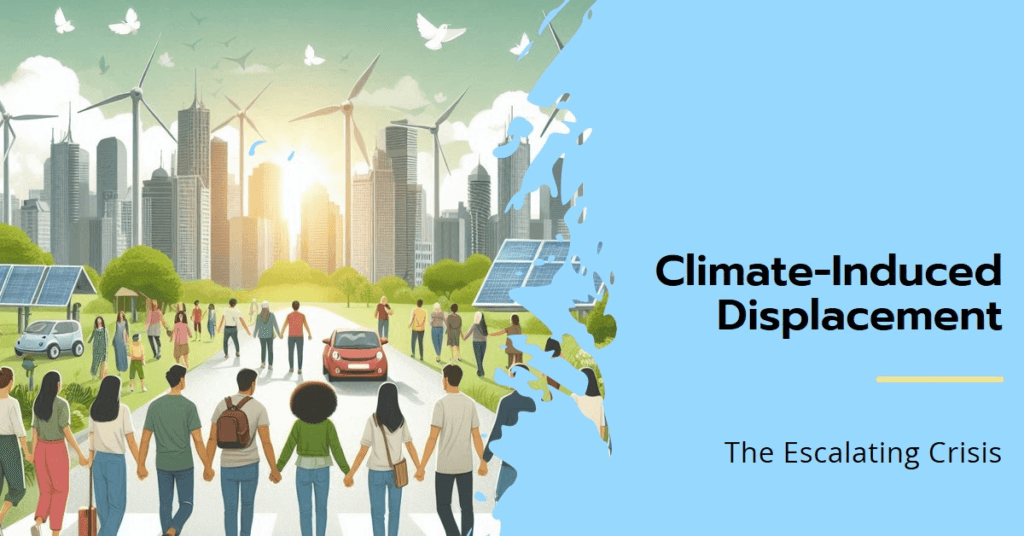
The effects of climate change are varied, but they all contribute to one undeniable reality: certain regions are becoming uninhabitable. Coastal areas, particularly in low-lying countries and islands, are at the forefront of this crisis. Rising sea levels are swallowing up land, contaminating freshwater supplies, and leading to the loss of homes and livelihoods. For example, in the Pacific Islands, entire communities are being forced to relocate as their homelands disappear beneath the ocean.
Similarly, extreme weather events such as hurricanes, floods, and wildfires are displacing people in other parts of the world. In Bangladesh, seasonal floods have become more severe, pushing thousands of families out of their villages. In the United States, wildfires in California and hurricanes in the Gulf Coast are driving people to seek refuge in other states. These migrations are no longer temporary; many of these displaced individuals and families cannot return to their homes, as the environmental damage is too great.
Cities on the Frontlines: Preparing for Climate Refugees
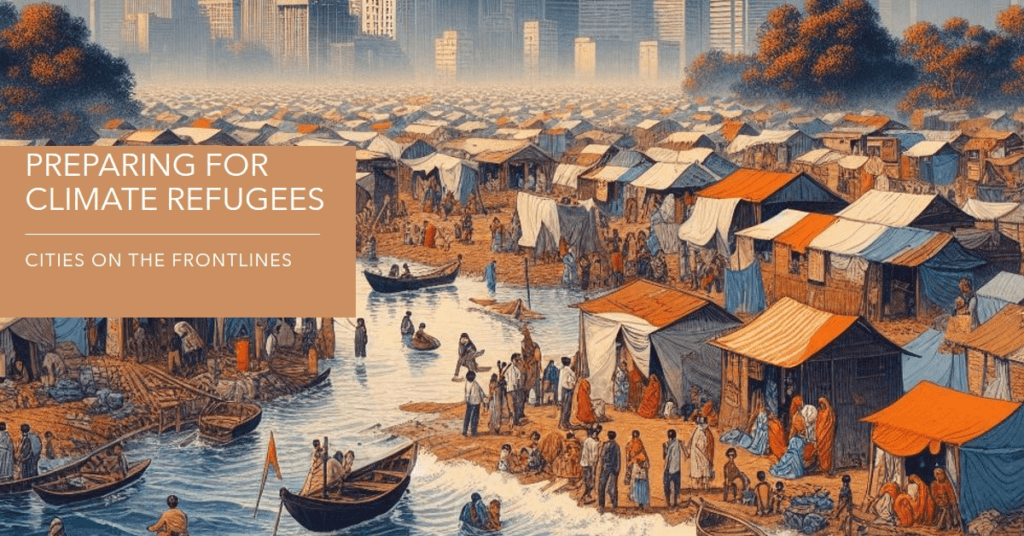
As climate refugees leave vulnerable areas, they often gravitate toward cities, which are seen as hubs of opportunity and safety. However, the influx of displaced people presents significant challenges for urban areas already struggling with their own issues of overcrowding, housing shortages, and aging infrastructure.
Some cities are proactively planning for the arrival of climate refugees. For example, cities like Dhaka in Bangladesh and Lagos in Nigeria are developing strategies to accommodate the increasing number of migrants moving from rural areas. These strategies include expanding housing, improving infrastructure, and enhancing social services to support new residents.
In Europe, cities such as Berlin and Stockholm are also preparing for climate-induced migration, particularly from regions in the Middle East and Africa where droughts and desertification are driving people to move. These cities are focusing on integrating migrants into the local economy by providing job training, language classes, and social support systems.
However, not all cities are equally prepared. Many urban areas in developing countries, which are likely to see the highest number of climate refugees, lack the resources and planning necessary to handle such an influx. This disparity highlights the need for international cooperation and support to help these cities build resilience and manage the social and economic impacts of climate migration.
Social, Economic, and Infrastructural Impacts
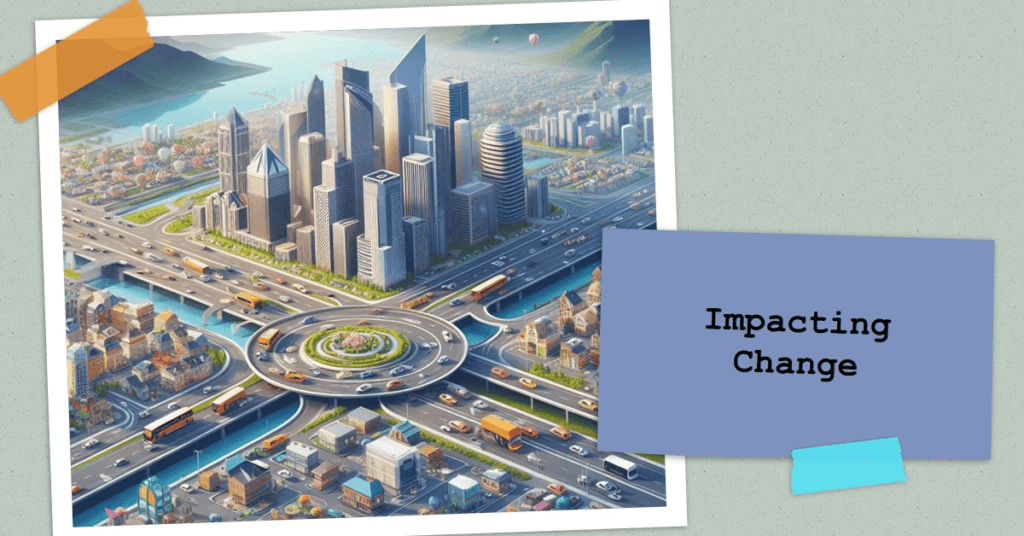
The arrival of climate refugees can have profound social, economic, and infrastructural impacts on cities.
Social Impacts: The integration of climate refugees into urban areas can strain social services and exacerbate existing tensions. In some cases, the arrival of large numbers of migrants can lead to competition for jobs, housing, and resources, which can create friction between new arrivals and long-time residents. To mitigate these tensions, cities need to focus on fostering social cohesion and ensuring that all residents, both old and new, have access to necessary services and opportunities.
Economic Impacts: While the influx of climate refugees can put pressure on local economies, it can also present opportunities for economic growth. Migrants often bring skills, labor, and entrepreneurship that can contribute to the economy. However, this potential can only be realized if cities invest in job creation, education, and training programs that allow refugees to integrate into the workforce. Additionally, international funding and support may be necessary to help cities manage the financial burden of accommodating large numbers of new residents.
Infrastructural Impacts: The infrastructure of many cities is already under strain due to rapid urbanization. The arrival of climate refugees can exacerbate these challenges, leading to overcrowded housing, strained transportation systems, and overburdened utilities. To address these issues, cities must invest in expanding and upgrading infrastructure to meet the needs of a growing population. This includes building new housing, expanding public transportation networks, and ensuring that water, energy, and waste management systems can handle increased demand.
The Need for a Global Response
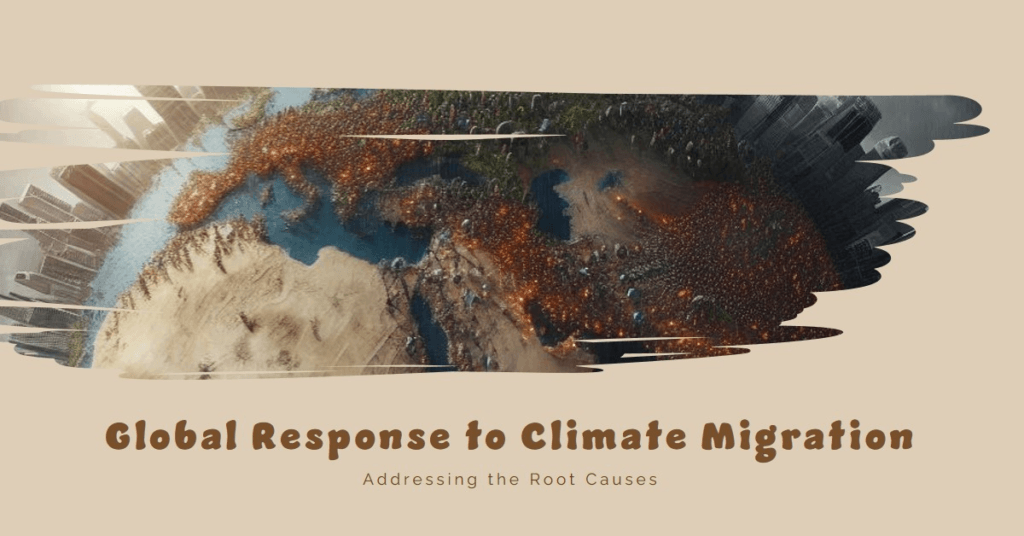
The challenge of climate-induced migration is not one that any single city or country can solve on its own. As the number of climate refugees grows, there is an urgent need for a coordinated global response. This includes not only providing financial and technical support to cities that are most affected but also addressing the root causes of climate change to prevent further displacement.
International organizations, governments, and civil society must work together to develop comprehensive policies that protect the rights of climate refugees and ensure their access to safe and dignified living conditions. This includes creating legal frameworks that recognize climate-induced displacement as a valid reason for seeking asylum and providing pathways for permanent resettlement.
Furthermore, efforts to mitigate climate change must be intensified to reduce the long-term risk of displacement. This includes transitioning to renewable energy, reducing carbon emissions, and investing in climate-resilient infrastructure in vulnerable regions.
Conclusion: A Call to Action
Climate change is reshaping our world in profound ways, and the forced migration of people from vulnerable areas is one of its most significant consequences. As cities around the globe prepare for an influx of climate refugees, they must grapple with the social, economic, and infrastructural challenges that accompany this new wave of migration.
The road ahead is complex, but with proactive planning, international cooperation, and a commitment to social equity, cities can turn the challenge of climate-induced migration into an opportunity for growth and resilience. The time to act is now, and the decisions we make today will determine the future of millions of people displaced by climate change.
#epicinfinite #epicarticle #epicblog
What are your thoughts on how cities should prepare for the growing number of climate refugees? Share your ideas and insights in the comments below.






